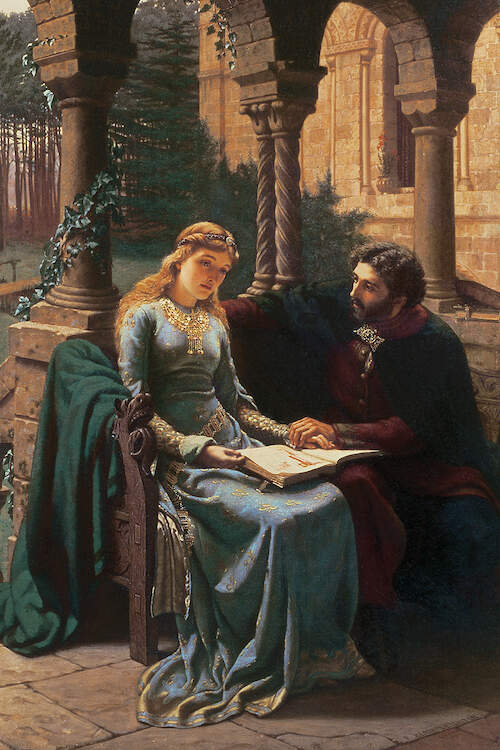 |
| via minddisorders.com |
Psychoanalysis can be described as a curative method based
on complete verbalization of thoughts and free associations method in a context
that will allow patients to overcome their repressed memories or thoughts.
We
can say that psychoanalysis is a specific technique to investigate the mind.
The novelty of Freud’s discoveries came with the acknowledgement of how important the unconscious processes were. He stated that they behave differently
than conscious processes as the influence of this part of our mind can make
us reach conflicting mental states.
Some of the characteristics of psychoanalysis are:
- it is a long term therapy method, even today despite the vast amount of short term therapies. Psychoanalysts believe that there is a need for a long term therapy as their method will modify the patient’s personality to be able to eliminate the symptoms completely;
- Psychoanalysis searches for the cause and it is not based on eliminating just the symptom;
- it is a non-directive type of psychotherapy;
- it uses specific methods;
- it explores transfer and counter-transfer;
Transference and
Countertransference in Psychoanalysis
Psychoanalysis is not just a strictly intellectual process
where the patient talks and the therapist analyses, it is a relationship where
affectivity plays an important role. This is why transfer is so important. At first Freud considered that transference
can be an impediment during therapy but he later discovered that it is actually
essential.
The patient transfers feelings towards the therapist, feelings
that they may have for their brothers, sisters, mothers, etc.; it is considered
to be a reenactment of a childhood relationship. Defined shortly, transference is unconscious redirection of feelings from one person to another. For example, a person could despise somebody who resembles in some way their ex-lover. During psychoanalytical therapy transference is
explored, a method that is not used in other therapies. As transference often
appears when there is an emotional connection, it can be an important concept
in finding the cause for mental distress, so transfer is also stimulated during
psychoanalysis.
This relationship is important for two reasons: it helps the
therapist search for childhood models and identify particularities that define
the patient’s relationships with the ones around them. This bond between the
patient and therapist will help the patient overcome their resistances as the
patient will feel the need to please the therapist, as they feel protected and
supported.
Countertransference is also important, although it is quite
a controversial term. It wasn’t discovered at the beginning of psychoanalysis.
It can be defined as an unconscious affective reaction of the therapist in
relation to their patient. During the 60’s countertransference started playing
a big role during therapy.
Resistance is another concept used in this therapeutic
approach and can be defined as a phenomenon when the patient completely disagrees
with their therapist and fights back any type of interpretation. However, this
is just a type of resistance that can be easily seen during therapy but it can
manifest itself in other ways such as: being late or not coming at all to the
therapy sessions, developing new symptoms, falling asleep during the
psychotherapy session, or eventually, leaving the therapy process completely. Psychoanalysts believe that patients develop
resistances because they cannot face what lies in their unconscious.
Also, there’s another approach on transference and countertransference
that is offered in Adlerian psychotherapy. The patient’s transference is
pointed out and explained as an obstacle to cooperation and improvement. On the
other hand, experimenting countertransference would suggest that the therapist
needs to continue their personal therapy and training to overcome such
tendencies in the future.
The Psychoanalytical
Space
The therapy is usually done with the patient lying on the
couch and the therapist behind him; this helps the patient with their
projections and verbalize things easier.
